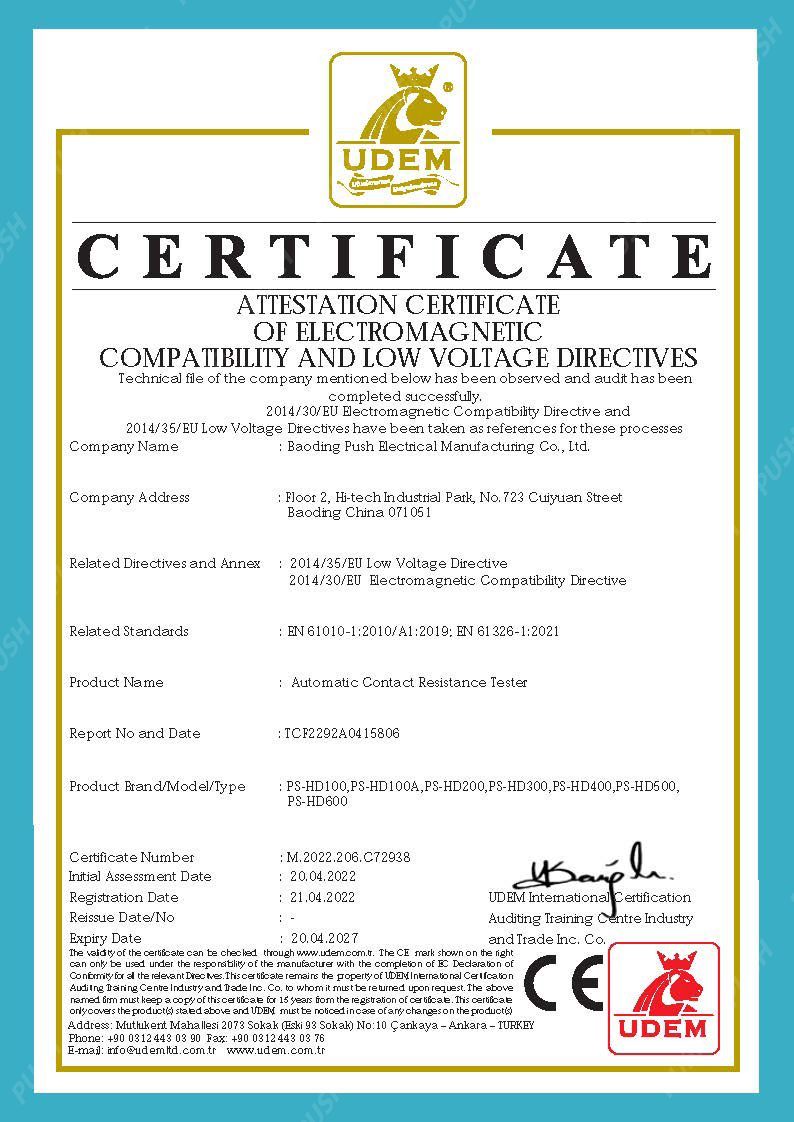 English
English


Testing a Transformer Using a Multimeter for Accurate Voltage and Continuity Measurements
Testing a Transformer with a Multimeter
Transformers are essential components in electrical engineering, serving to transfer electrical energy between two or more circuits through electromagnetic induction. They come in various shapes and sizes and are used in numerous applications ranging from power distribution to audio systems. When troubleshooting transformer issues or assessing their functionality, a multimeter is an invaluable tool. This article will guide you through the process of testing a transformer with a multimeter.
Understanding the Transformer
A transformer typically consists of two wire coils, known as the primary and secondary windings, wrapped around a magnetic core. The primary winding connects to an input voltage source, while the secondary winding delivers a transformed voltage to a load. The primary function of the transformer is either to step-up (increase) or step-down (decrease) voltage levels while maintaining the same frequency.
Safety First
Before testing any electrical component, including transformers, safety is paramount. Always ensure the transformer is disconnected from any power source before beginning your test. Use appropriate personal protective equipment and follow all safety protocols to avoid electric shock or equipment damage.
Tools Required
To effectively test a transformer, you will need the following items
1. A digital multimeter (DMM) capable of measuring voltage, resistance, and continuity. 2. Test leads with appropriate probes.
test a transformer with a multimeter

Steps to Test a Transformer
1. Check the Resistance of Windings - Set your multimeter to the resistance (Ω) setting. - Measure the resistance of the primary winding by placing probes on the input terminals. Record the reading. Repeat the process for the secondary winding. - Compare your readings to the manufacturer’s specifications. Significant deviations from the expected resistance can indicate a short circuit or an open winding.
2. Test for Continuity - Still in the resistance setting, ensure that the multimeter beeps or shows a low resistance reading when you test between the terminals of each winding. - If there is no continuity, the winding may be damaged, requiring further inspection or replacement.
3. Measure Input Voltage - Reconnect the transformer to its power source but proceed with caution. - Set your multimeter to the AC voltage (V~) setting and measure the input voltage at the primary winding terminals. - Confirm that the voltage matches the expected input as specified by the transformer’s datasheet.
4. Measure Output Voltage - With the transformer powered, measure the output voltage at the secondary winding terminals. - Ensure that the output voltage aligns with the expected value for the transformer model. A significant discrepancy here suggests an issue with the transformer.
5. Evaluate Performance Under Load - If the transformer is designed to operate under load, connect a suitable load to the secondary winding. - Measure the output voltage again, ensuring it remains within acceptable limits. A substantial voltage drop under load indicates a problem, potentially linked to winding faults or internal losses.
Conclusion
Testing a transformer with a multimeter is a straightforward but essential task for ensuring the reliable operation of electrical systems. By checking resistance, continuity, and voltage levels, you can diagnose potential issues and maintain system integrity. Always remember to prioritize safety during your testing process. Following these steps will help you effectively determine the health of a transformer and address any concerns before they escalate into more significant electrical problems. With proper care and attention, transformers can continue to function effectively for years, contributing to the efficient operation of various electrical applications.
-
Differences between open cup flash point tester and closed cup flash point testerNewsOct.31,2024
-
The Reliable Load Tap ChangerNewsOct.23,2024
-
The Essential Guide to Hipot TestersNewsOct.23,2024
-
The Digital Insulation TesterNewsOct.23,2024
-
The Best Earth Loop Impedance Tester for SaleNewsOct.23,2024
-
Tan Delta Tester--The Essential Tool for Electrical Insulation TestingNewsOct.23,2024





